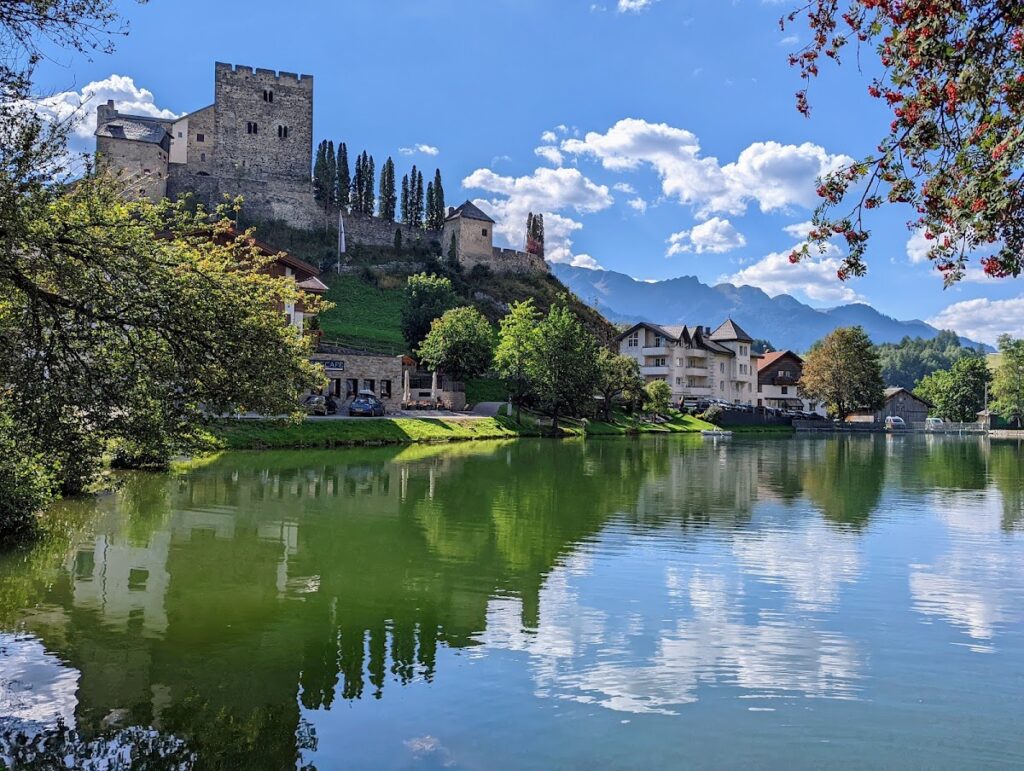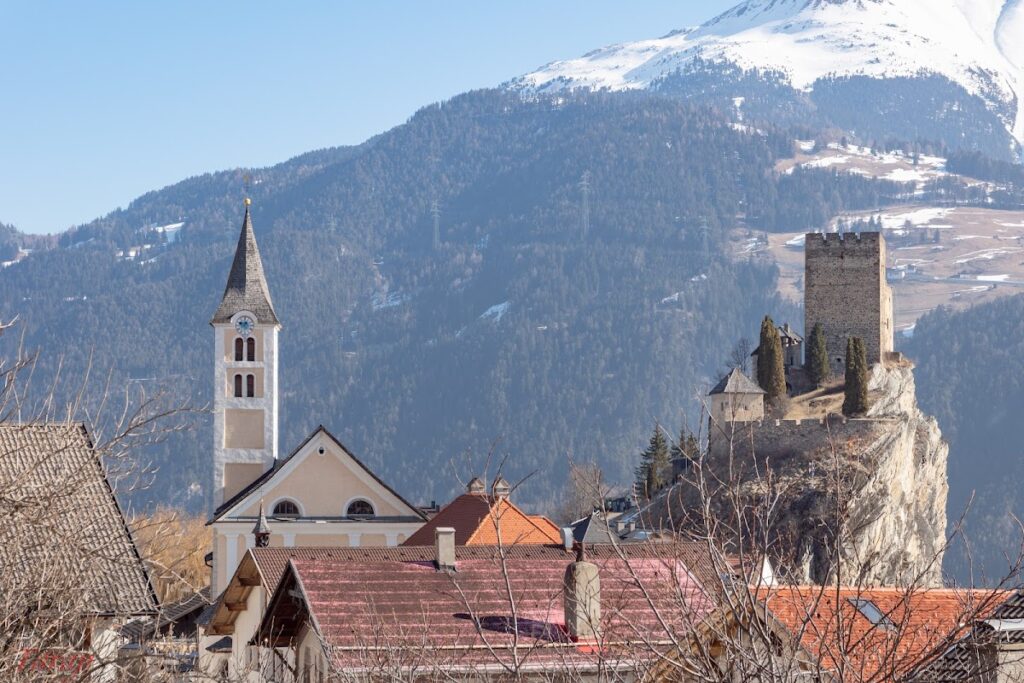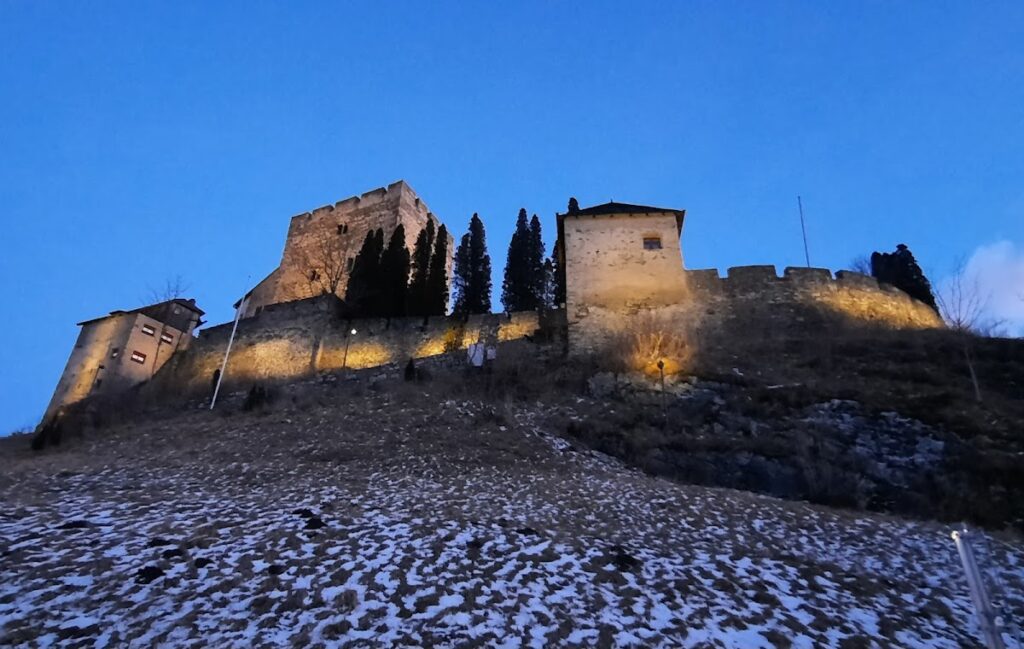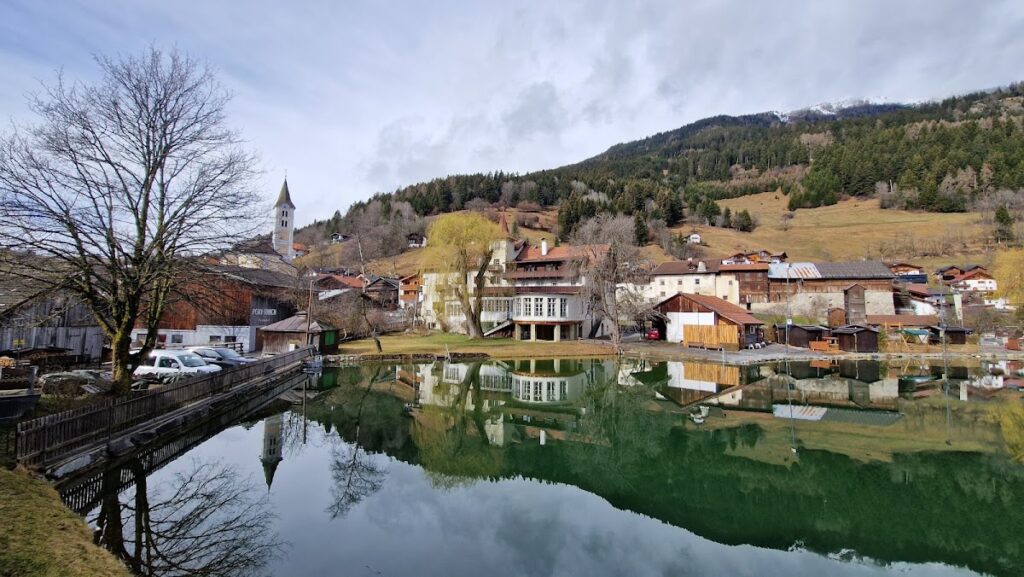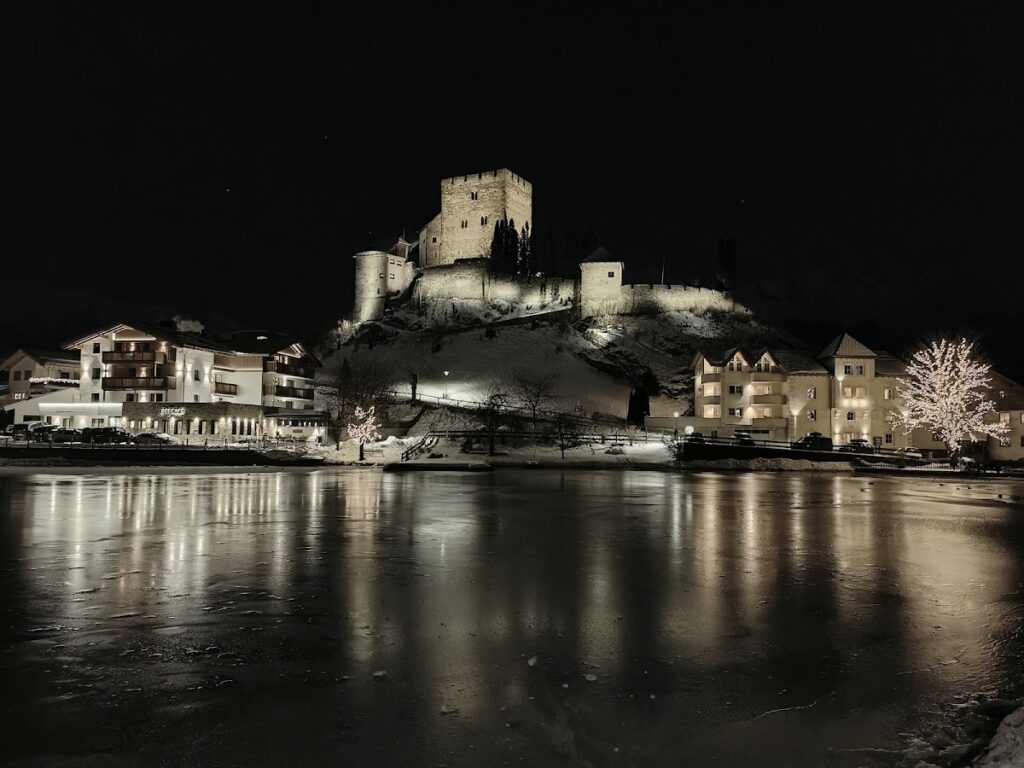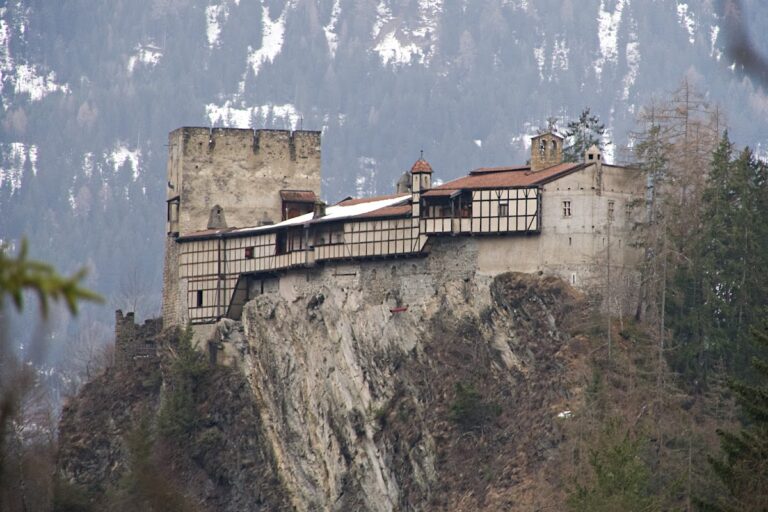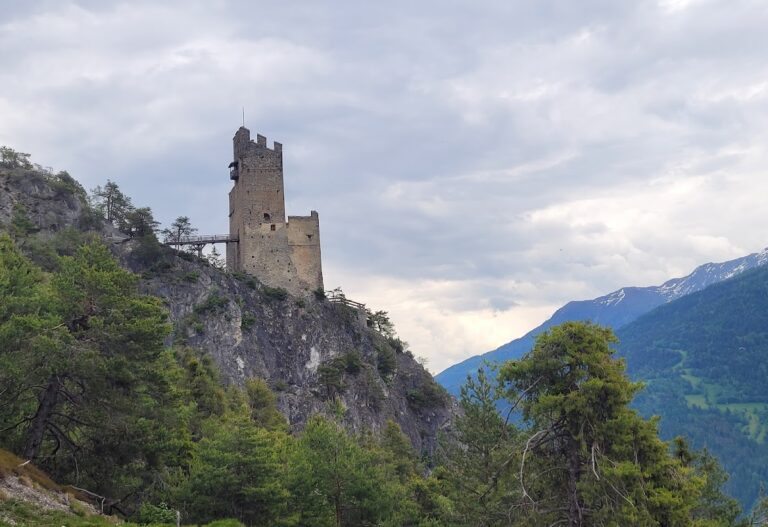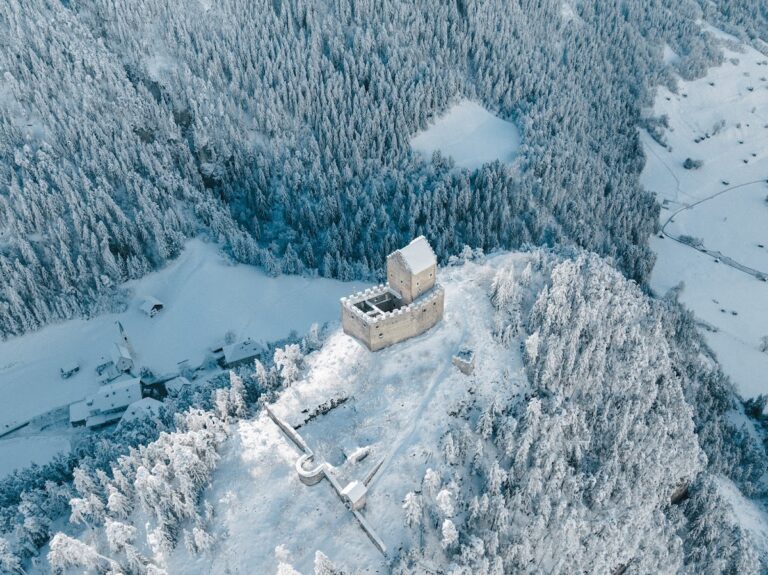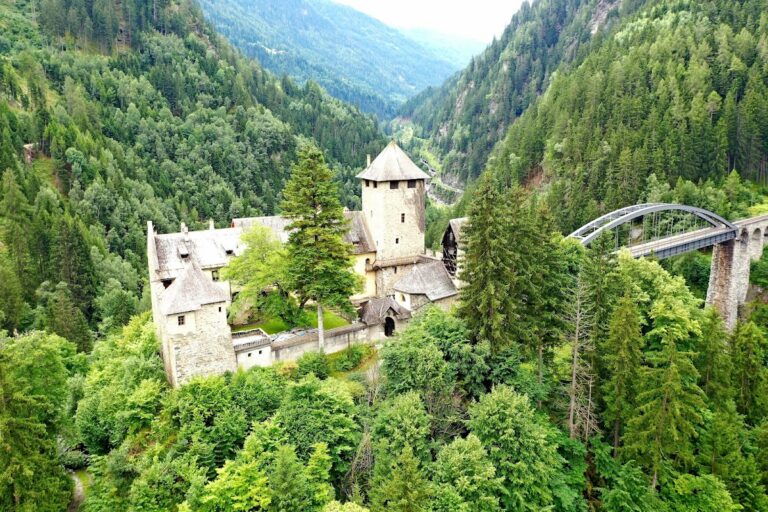Laudegg Castle: A Medieval Fortress in Austria
Visitor Information
Google Rating: 4.5
Popularity: Low
Google Maps: View on Google Maps
Country: Austria
Civilization: Unclassified
Remains: Military
History
Laudegg Castle is a medieval fortress situated near Ladis in Austria, built by local feudal authorities during the Middle Ages. The castle is first mentioned in historical records dated to 1239, while a ministerial family linked to the name “Laudeck” appears even earlier, in documents from 1232 associated with the court of Duke Otto von Andechs in nearby Innsbruck.
During the medieval period, Laudegg Castle served as an important administrative center overseeing the Upper Inn Valley region. It was the seat of the Oberes Gericht, or Upper Court, managing legal and administrative matters until the 17th century. At that time, the court moved its base to Ried, further downstream in the valley, which led to the castle’s slow decline in importance and upkeep.
The early 15th century proved destructive for Laudegg. In 1406, during the Appenzell peasant uprising led by Ital Reding the Elder, the village of Ladis was set ablaze, and Laudegg Castle, alongside the nearby Steinegg Castle which acted as its fortified outer defense or barbican, was devastated by fire. In the aftermath, only limited repairs were undertaken, leaving the castle in a partially ruined state for decades.
Emperor Maximilian I showed some interest in restoring and enhancing Laudegg Castle, particularly due to its proximity to the nearby Oblader Sauerbrunn spring, well known at the time. While plans and promises were made to provide resources for expansion, financial support failed to materialize fully, and no significant reconstruction took place.
By the mid-16th century, the castle’s role had shifted. The castle keeper relocated the residence to Schloss Sigmundsried, constructed starting in 1471. Consequently, Laudegg Castle was repurposed primarily for storage, serving as a warehouse or armory rather than as a noble residence or administrative hub.
Ownership of the estate changed through noble families during the late 17th century. The fortress was pledged for 25,000 gulden to Johann Freiherr von Spaur. Upon his death in 1689, his daughter Maria Ursula inherited the property and brought it into her marriage with Guidobaldo von Welsperg in 1693. Although there were some efforts to restore the castle in this period, it remained largely dilapidated, eventually falling into ruin after the local administrative courts were abandoned.
In the 20th century, the ruins attracted new caretakers. In 1940, Harald Reinl, who later gained fame as a film director, along with his brother Kurt and their family, purchased Laudegg and began restoration work. These initiatives laid the groundwork for a more extensive reconstruction completed by the musicologist Willi Apel after acquiring the site in 1964. Since Apel’s passing, ownership has passed to the von Moeller family, who maintain the property as a historic site.
Remains
Perched atop a steep slate rock formation at an elevation of 1,176 meters, Laudegg Castle offers commanding views of the Oberinntal valley. Its overall design centers on a tall, rectangular residential tower standing roughly 21 meters high and measuring approximately 11 by 14 meters in footprint. Constructed with carefully layered masonry and bound with mortar, the walls vary in thickness between 1.7 and 2 meters. A distinctive feature is the use of reddish volcanic tuff blocks at the tower’s corners, alternating with regular stonework to reinforce the structure’s edges.
The tower originally was entered via a doorway on its northeast side’s first floor, reflecting medieval defensive strategies that elevated the main entrance. An arched portal on the southeast provided access to a vaulted gallery within. The western, or attack-facing, facade was largely solid to resist assault, featuring only narrow arrow slits and a small loophole in the basement added at a later stage. Three Romanesque style bifora windows—twin-arched openings with central columns of tuff stone—adorn this western side. Of these, one window dates back to the original construction, while the other two were carefully restored mid-20th century during renovation efforts. The battlements crowning the tower have also been renewed, notably in 1956.
Inside, the ground level is divided by a wall with a barrel vault ceiling, an element added in the early 1500s, indicating attempts to strengthen or repurpose the lower interior spaces. Adjoining the main tower on the northeast is a residential wing, initially built in the 13th century. This wing became ruined by the 17th century but was reconstructed between 1967 and 1969, preserving parts of the original southeastern outer wall and incorporating a large chimney.
Adjacent chambers underwent conversion in the early 16th century to include a chapel, pointing to a religious function within the castle complex during that era. To the north lies the zwinger, an outer ward designed to enhance defense, which contains a tower-like residential building featuring a pointed-arch secondary exit framed in tuff stone, dating from the 15th century. Above this entrance, battlements have been bricked up but remain visible as masonry highlighted with red plaster blocks. These superstructures are known to have been built or altered during the 16th century.
South of the main complex stretches a large outer bailey—an enclosed courtyard area—containing a square gatehouse likely constructed in the 15th or 16th century, serving as both entry point and fortification. Between the castle and the nearby town, a pond once functioned as a fish pond, mentioned in the fishing records of Emperor Maximilian I, where it provided fresh fish to castle occupants.
Today, Laudegg Castle is recognized as a protected historic monument. Its present state reflects several phases of restoration and preservation, particularly those carried out during the 20th century, which have stabilized the ruins while respecting the site’s medieval origins.
